Many people travel across the world to see ancient ruins dating back to hundreds, even thousands of years ago to marvel at the ingenuity of masons, sculptors and artisans who lived long before our time. Museums, however, despite housing some of the best and most refined cultural relics mankind has ever created, are not usually the main reason for people to travel, save a few exceptional ones like the Louvre. For me the defining moment that profoundly changed my perception toward historical museums was on my trip to Cambodia back in 2011.
On the way to Angkor Wat from downtown Siem Reap, I stopped by the Angkor National Museum which is the main archaeological museum dedicated to the preservation of artifacts from the Angkorian period. Not only was the museum’s rich collection well-presented, but the information for each of them as well as the timeline of the history of Khmer civilization was also very clear and concise, helping me understand more about the time frame of the Angkorian kings which in turn allowed me to appreciate the ruins better later on that day. Since then, visiting historical museums has become an essential part of my travels for that is where the grand scheme of a story lies, one that is recounted by silent witnesses from a bygone era.
Prior to my recent trip to Seoul, I had already put the National Museum of Korea in my list of must-see places in the South Korean capital. Ideally one should visit this museum – unsurprisingly the country’s largest – before exploring the five palaces of Seoul that date back to the time when the Korean peninsula was still ruled by monarchs. And thanks to the less than ideal weather on my first day there, this was exactly what James and I did. Situated at Yongsan Park to the north of the Han River that cuts through the city, the ultra-modern museum sat imposingly behind a small lake. Hurrying to take shelter from the incessant rain and cold gusts of wind, we arrived at the museum’s grand entrance. There was no admission fee, but we were more relieved by the fact that within this lofty structure we found a much-needed refuge from the chilly temperatures outside.
Our exploration of the museum’s ground floor was done in a counter-clockwise direction, beginning with a section directly to the right of the security checkpoint. Showcasing artifacts from prehistoric Korea, the museum’s collection displayed in this part includes hand axes and bowls from a time long before the advent of local kingdoms. Then the museum takes visitors to chambers filled with items procured from all over the peninsula, dating back to the period of ancient Korean kingdoms, chiefly Gojoseon and Goguryeo. While the previous section emphasizes things created out of necessity with functionality in mind, this part of the museum exhibits daily objects with elaborate embellishments. In this period coins were minted in the shape of a knife and belt buckles were crafted using gold and precious stones.
As we walked to the next section, which highlighted the kingdoms of Korea’s classical period, we caught a glimpse of one of two centerpieces of the museum: a stele inscribed with the story of a ninth-century Buddhist preceptor called Wollang standing on top of a turtle, a revered animal in East Asian cultures. The part of the museum we were entering put a spotlight on the kingdoms of Baekje, Gaya and Silla, of which the latter has left modern-day Koreans with a glistening treasure in the shape of a gold crown. So special is this jade-studded artifact to the nation it is given its own room, the pièce de résistance of this section of the museum.
The next chronological section of the museum showcases relics from the period when large parts of the Korean peninsula were united under a new, unified Silla. As we were making our way across the main atrium to reach this part, the second and more stunning centerpiece of this house of Korean treasures loomed ten stories high: a stone pagoda from the 14th century. It looked majestic under the museum’s roofs, and it must have looked even more so at its original location outdoors. Still enthralled by this wonder from the past, we entered the Unified Silla section, filled with remnants from this once powerful kingdom.
The contiguous section displays the cultural wealth from the kingdom of Goryeo, from which the modern name of Korea was derived. It was during this period that all of what is now South Korea and most of North Korea was unified, creating one of East Asia’s most powerful empires. Korean artistic finesse reached new heights at this time – with fine celadon ceramics and elaborate lacquerware being among the most celebrated works of art in Korean history.
The last sections of the counter-clockwise journey through millennia at the National Museum of Korea’s ground floor took us to the time of the Joseon Dynasty, a Neo-Confucian kingdom after which North Korea is officially named (Choson). Less ornate and extravagant that those in other sections of the museum, the collection here is a testament to the Confucianism-influenced new focus of the ruling dynasty. Governance, education and a strong work ethic were among the main principles of the state ideology, which unsurprisingly discouraged the Buddhism that otherwise had strong roots in the peninsula. Thanks to these principles, however, East Asian countries and territories experienced an economic boom in the 20th and 21st centuries.
At the very end of our exploration we were at a small section on the Korean empire, a short-lived empire that only lasted eight years before the peninsula was annexed by Japan until the end of World War II. The withdrawal of Japan following their defeat from the Allies marked the beginning of a divided Korea: the communist North and the US-backed South which we know now as the Democratic People’s Republic of Korea and the Republic of Korea, respectively. We had spent three hours marveling at the museum’s collection on the ground floor, walking through thousands of years of Korean history, and knowing that we would have two more floors to explore on a future visit. Without a doubt, this was one of the most magnificent museums I had ever been to.
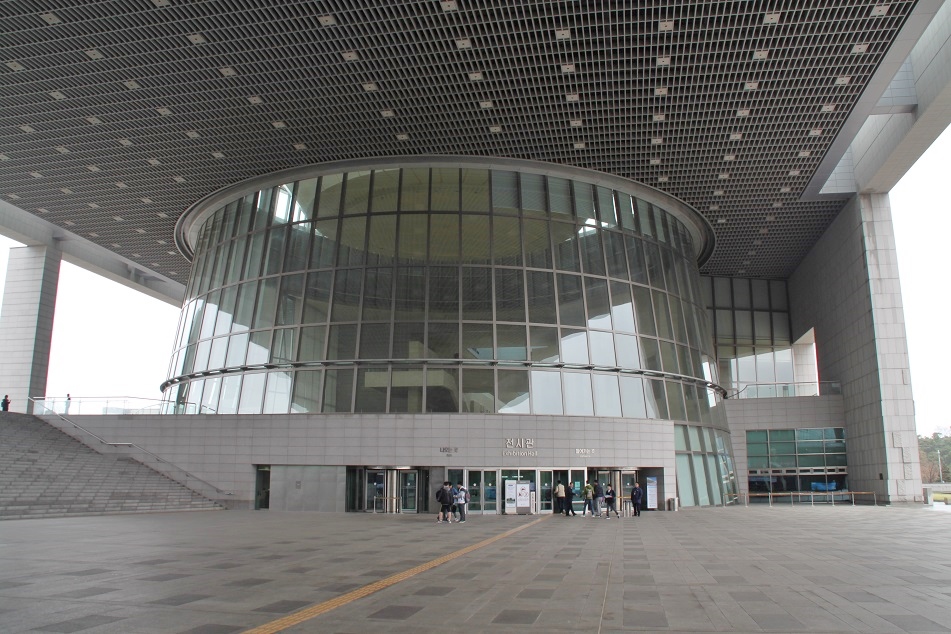

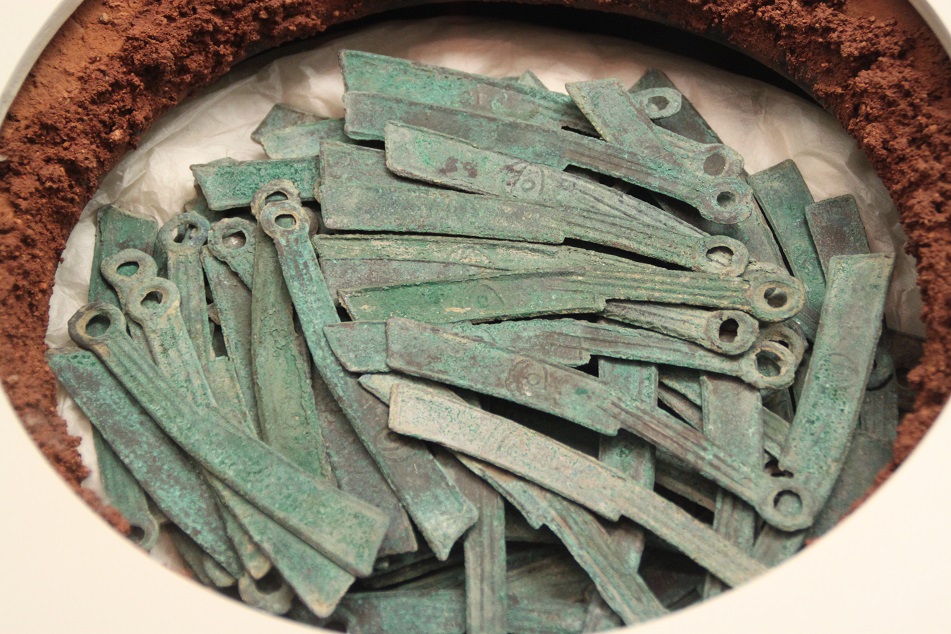






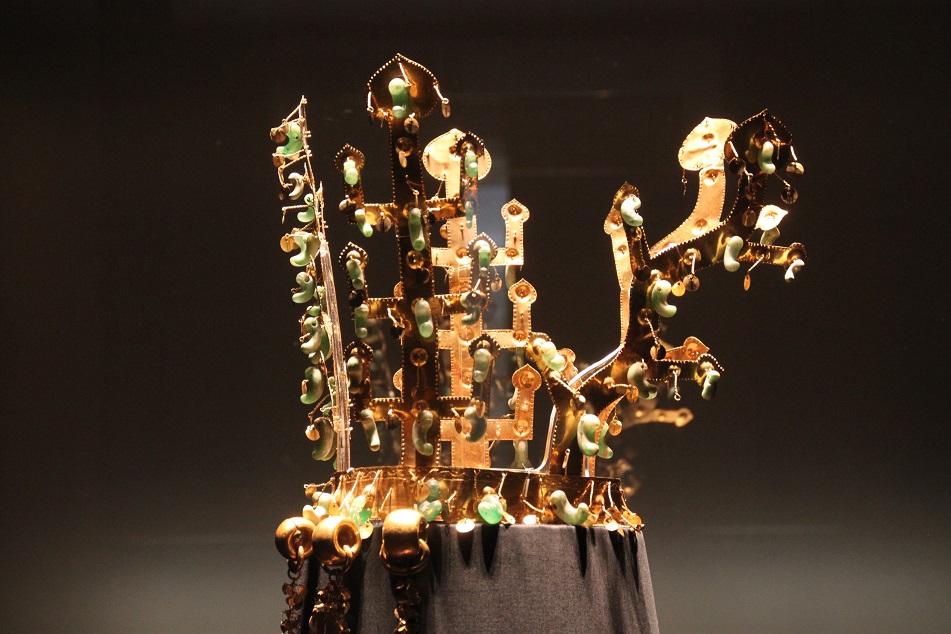


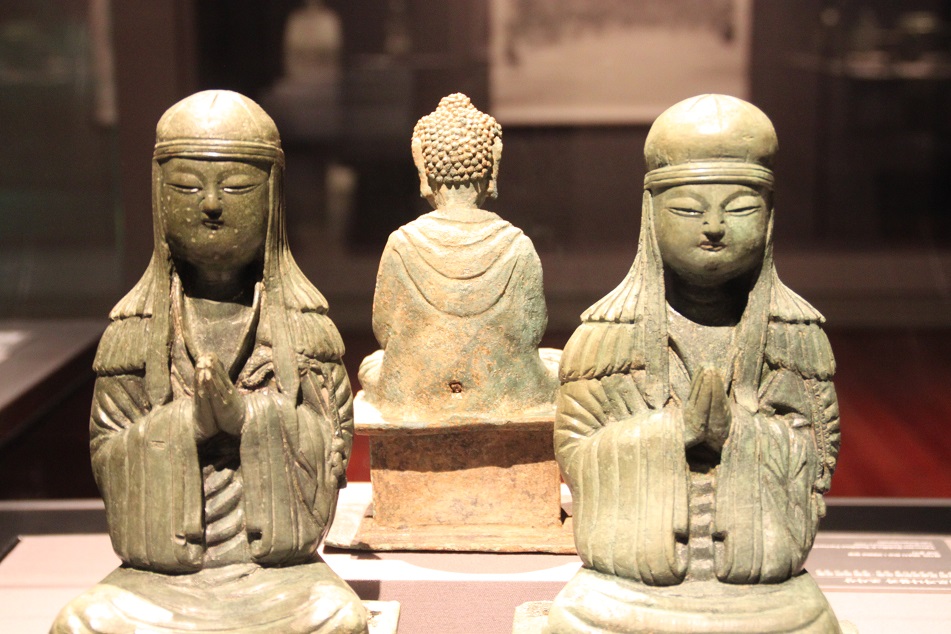
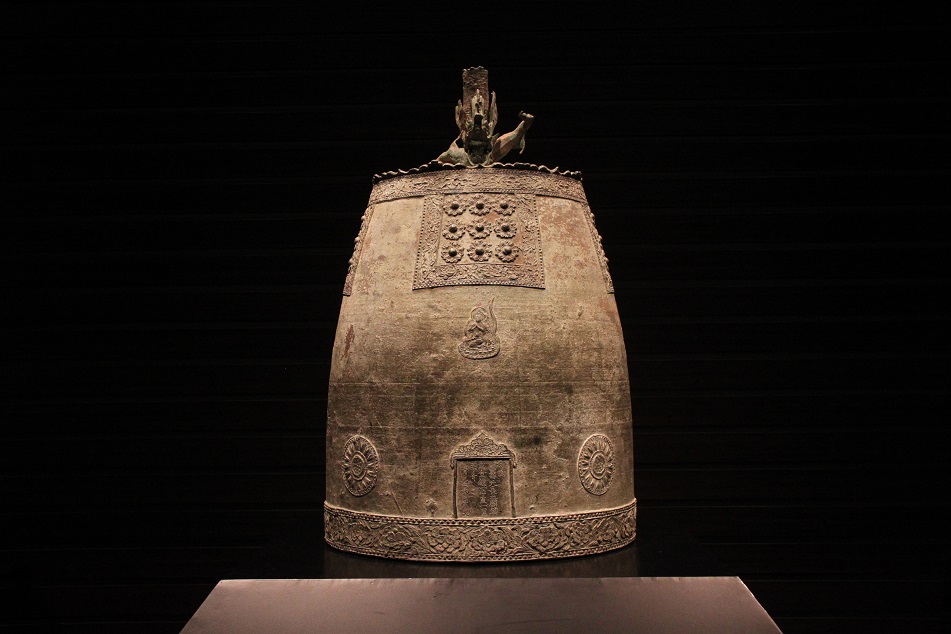
Incredible post on two museums hitherto unknown to me, yet so rich in displays of artifacts of the respective countries. Congratulations, Bama!
LikeLike
Thanks Peter. Visiting great museums like the one in Seoul always makes me think Jakarta’s National Museum, which is currently undergoing a renovation on one of its wing. Indonesia is a country rich in history and culture, but invaluable artifacts procured from all over the country are often not displayed properly. No wonder many people become disinterested in their own roots.
LikeLiked by 1 person
I’m definitely want to go to this museum the next time I go back to South Korea. Thank you for sharing, so glad you enjoyed your trip.
LikeLike
You really should, Erica. It’s definitely among the best and most impressive museums I’ve ever visited. Thanks for reading!
LikeLiked by 1 person
You should visit the British Museum in London if you can. One of the best museums for history.
LikeLike
I went to the National Gallery and the Natural History Museum, but for some reason I didn’t go to the British Museum. I don’t remember why. I’ll definitely make sure not to miss it the next time I’m in London.
LikeLike
I’m the opposite. I missed out on the National Gallery and Natural history museum. 😂
LikeLike
I remember the National Gallery was free (hopefully it still is). You should definitely go there as it is home to the other version of the Virgin of the Rocks (the other is in the Louvre).
LikeLike
The main museums in London are free. British museum too.
LikeLiked by 1 person
It was such a delight when this post came up in my feed! I love Korea soooo much since past three years. I really want to visit it one day. Two of my friends and I are planning a trip to Korea in March-April 2019 covering all of Korea and hopefully it should work out. National Museum of Korea is definitely on my Seoul itinerary. And as I was scrolling through the post I was secretly hoping that you’d include the ten-storey pagoda and you did!! Thank you 😀
Btw this museum doesn’t contain artifacts from Joseon dynasty era?
LikeLike
May I know what got you interested in Korea for the first time? Because for me prior this trip I was always more interested in Japan. Only after I spent a few days in Seoul did I begin to enjoy many aspects of Korean culture. March should be cold, but then at the end of the month you might start noticing cherry blossoms here and there.
The museum does have artifacts from the Joseon dynasty era which are mostly manuscripts and printing blocks, thanks to Confucianism which emphasizes more on education and good governance. Thanks for reading!
LikeLike
Great post and lovely pictures. I too was pleasantly surprised by the collection in the museum. Didn’t think I would find it so interesting after 3 days of touring around the temples.
LikeLike
I wasn’t aware of this museum until I did some research on places to visit in Seoul for my short trip because I don’t think any of my friend has ever mentioned about it. It couldn’t have been a better decision for me and my friend to go to the museum on our first day in the South Korean capital. Thanks for your kind words!
LikeLike
Great post and two more museums to add to my list. In case you have not discovered them already – The Pergamon (Berlin) and the Shanghai Museum are amazing also
LikeLike
Much appreciated, John! And thanks for bringing up the Pergamon (which I really want to visit, especially to see the Ishtar Gate) and the Shanghai Museum (which I never heard until you mentioned it). From what I just googled, I think I would spend hours marveling at the latter’s collection.
LikeLike
Ishtar Gate is very special.
LikeLike
Looking at its photos always makes me hope for peace and security to return to Iraq sooner than later.
LikeLike
Amazing , again. I always have to read your posts several times and study them. Everything is so intricate. I truly appreciate your sharing another part of the world that I may never see.
LikeLike
Always appreciate your kind comment, and sorry for making you read several times! I’m always drawn to places with intricate carvings and decorations that are centuries-old because they provide us with a glimpse of how life was like for the people who lived long before us. Never say never; that chance to visit this part of the world might be coming your way one way or another.
LikeLike
I admire your passion for history and your patience in these museums! I usually get about halfway through, and then I just burn out and want to go and gaze upon the actual ruins or the current city. I just noted for the umpteenth time (in Rome recently) that I often appreciate the museum edifices as much as the contents, and the grand entrance to this museum is another example of my leaning to the architecture and design over the art and artifacts inside!
LikeLike
I’m sure your son would really enjoy this museum, Lex. Actually whenever I go to a museum in my mind I always think that I will spend one or two hours inside. However, in the end I usually spend a lot more than that. One such case is Sydney’s Hyde Park Barracks Museum which is not that big, but somehow I ended up spending about three hours exploring its collection and perusing all the displayed information. I do also enjoy museum architecture, though, and by far the entrance to the Louvre still is the most magnificent of all museums I’ve been.
LikeLiked by 1 person
Does look amazing and what I’d expect from a country with one of the oldest languages in the world. The worst museum I ever visited was Cairo museum. While it was full of amazing relics, nothing was labeled. Very frustrating because visitors were expected to hire a guide.
LikeLike
For a country that depends so much on tourism for its income, I’m surprised the government didn’t put more effort to make the Egyptian Museum more appealing not only to the locals but also to foreign visitors. However, that does remind me of a similar case which I experienced at the National Museum of Cambodia in Phnom Penh. The collection is amazing, but I felt they could have done more to the house of their country’s treasures.
LikeLiked by 1 person
Reblogged this on Alchemical Ascension.
LikeLike
I have great memories of this museum, but strangely few photos. Your post filled a gap. Thanks.
LikeLike
I believe you made it to the upper levels as well, which I didn’t have enough time to do. Glad you enjoyed this post!
LikeLike
Those coins! Such an unusual shape, or maybe our creativity with the design of money has deteriorated over the centuries. What a fascinating museum. It reminds me of the Asian Civilisations Museum in Singapore which blew my mind with its collection of gold and silver, among other incredible displays. When a museum becomes an experience, rather than a series of rooms and display cases, there can be no better place to spend a day and learn about culture. Hope to go here when I get to Korea someday!
LikeLike
I was too captivated by the unique shape of those coins as I had never seen anything quite like that. Speaking of Singapore’s Asian Civilisations Museum, I remember how James raved about it when he went three years ago, and at that time there was a special exhibition on cultural artifacts from Indonesia. That’s one place I look forward to visiting the most the next time I’m in the lion city. Museums really should think of a better way to display their collection; I couldn’t help but compared Vienna’s Natural History Museum and the one in London. Both have incredible collection of animal specimens from all over the world, but the latter was more engaging in telling about the history of nature.
LikeLiked by 1 person
Great post! I am Korean, but have never visited this museum! This post inspired me to visit! Planning a trip with my mom next week. Thank you!
LikeLike
Thank you. I hope you and your mom have a great time at this impressive museum!
LikeLike
Interesting, ancient artifacts. The art work is so meticulous. Are you an artist yourself?
Acoustic Expression
LikeLike
Glad you enjoyed this post! I wish I were an artist, but unfortunately I’m not.
LikeLiked by 1 person
Bama I admit that like Lex I don’t usually get through a whole museum. I think you would make an excellent guide explaining things in your eloquent way that would keep people like me intrigued. Maybe a second career in tourism?
LikeLike
Speaking of being a guide, that reminds me of my trip to Vienna back in 2007. A friend of my cousin’s who lived in the city became our guide during our three-day stay there. She took us to palaces, museums and churches, and explained everything in a very engaging way, which had inspired me to do something similar to a few friends several years later. I certainly enjoy telling history to those who are willing to learn something new. As for a career in tourism, this idea crossed my mind six or seven years ago and I actually applied for a masters program in tourism in Europe, but I heard nothing from them. Then life took me to a different path which eventually led me to where I am now.
LikeLiked by 1 person
Oh wow Bama so I wasn’t so far off. Well sometime I hope to be the recipient of spending time with you exploring.
LikeLike
You’re too kind, Sue. If we do explore places together, I have to make sure that I train myself weeks in advance for any cycling, rock-climbing, or other outdoor activities we might do. 🙂
LikeLiked by 1 person
Haha well since your are significantly younger I think you’ll be just fine. 🙂
LikeLiked by 1 person
I am amazed at the craftsmanship of ancient cultures. What it may have taken to make just one of those intricate designs in the fourth to last photo – wow.
LikeLike
If you think of it, in the past those artisans and sculptors didn’t have the Internet to distract them. 🙂 It never ceases to amaze me to think of the amount of time they spent to create such beautiful and ornate works of art.
LikeLiked by 1 person
1000%
LikeLiked by 1 person
Bama, this is a lovely post steeped in both history and traditional Korean craftsmanship. The fact that we spent a good three hours (possibly longer) on the museum’s ground floor alone is testament of its quality and the breadth of its collections! I didn’t know very much about Korean history aside to begin with, and as you mentioned in your experience of Angkor, it was a valuable educational experience to have before visiting Seoul’s royal palaces.
LikeLike
Makasih James! I wasn’t expecting the National Museum of Korea to be that impressive. After we returned to Jakarta, I realized that some of the museum’s most valuable artifacts are displayed on the upper floors. That’s one of many reasons to go back to Seoul. When we were exploring the museum, I secretly wished that the national museum in Jakarta will one day be managed more professionally, because as you saw yourself its collection is equally impressive.
LikeLiked by 1 person
Pingback: Jongmyo: Walking alongside the Spirits | What an Amazing World!